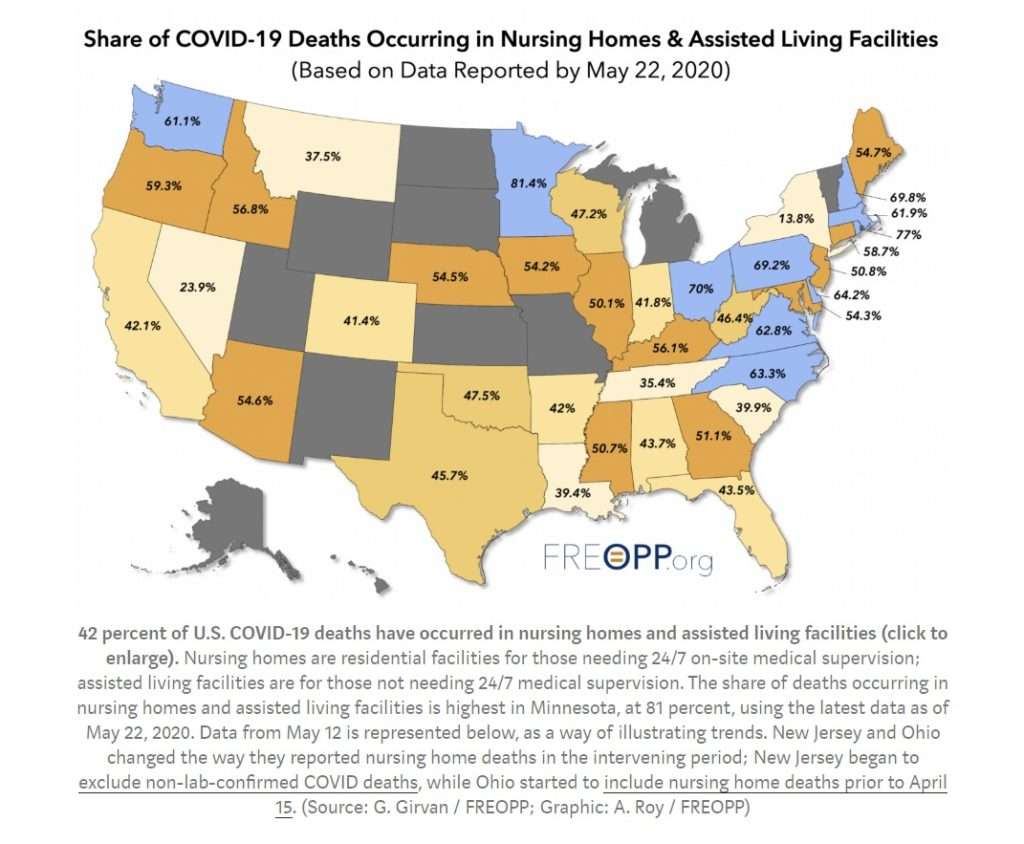Does the U.S. Constitution protect economic liberty, such as the right to work in an occupation of one’s choosing free from unreasonable government regulation? Pennsylvania Supreme Court Justice David Wecht thinks not. Writing in dissent last week in Ladd v. Real Estate Commission of the Commonwealth of Pennsylvania, Wecht faulted his colleagues in the majority for their “judicial intrusion into the realm of legislative value judgments” after that court allowed a legal challenge to proceed against a state occupational licensing scheme. “I cannot endorse a constitutional standard that encourages courts,” he declared, “to second-guess the wisdom, need, or appropriateness” of duly enacted economic regulations.
In Wecht’s telling, the Pennsylvania Supreme Court is now living in its “own Lochner era,” a reference to the U.S. Supreme Court’s decision in Lochner v. New York (1905), which struck down a maximum working hours law on the grounds that it served no valid health or safety purpose and violated the right to liberty of contract protected by the 14th Amendment. “For many years, and under the pretext of protecting ‘economic liberty’ and ‘freedom of contract,’ the Supreme Court routinely struck down laws that a majority of the Court deemed unwise or improvident,” Wecht wrote of Lochner and several related cases. “Most now recognize that those decisions had nothing to do with the text or history of the Constitution; they were based upon nothing more than the policy preferences of the justices who signed on to them.”
Respectfully, I would encourage Justice Wecht to read some more legal history. He might start with the speeches of Rep. John Bingham (R–Ohio). In 1866 Bingham served as the principal author of Section One of the 14th Amendment, which, among other things, forbids the states from passing or enforcing laws which violate the privileges or immunities of citizens. As Bingham told the House of Representatives, “the provisions of the Constitution guaranteeing rights, privileges, and immunities” includes “the constitutional liberty…to work in an honest calling and contribute by your toil in some sort to the support of yourself, to the support of your fellow men, and to be secure in the enjoyment of the fruits of your toil.”
That view was widely shared at the time by those who framed and ratified the amendment. What is more, even those who opposed the passage of the 14th Amendment agreed that it was designed to protect economic liberty from overreaching state regulation—indeed, that was a big reason why they opposed the amendment in the first place. Rep. Andrew Jackson Rogers (D–N.J.), for example, complained to the House that “all the rights we have under the laws of the country are embraced under the definition of privileges and immunities….The right to contract is a privilege….I hold if that ever becomes a part of the fundamental law of the land it will prevent any State from refusing to allow anything to anybody embraced under this term of privileges and immunities.” The “right to contract” was of course later secured by the Supreme Court in Lochner.
Contrary to Justice Wecht’s flawed assertion, economic liberty most certainly does have something to do with the text and history of the Constitution.
Related: “Lochner Isn’t a Dirty Word.”
from Latest – Reason.com https://ift.tt/3ca4TzI
via IFTTT
